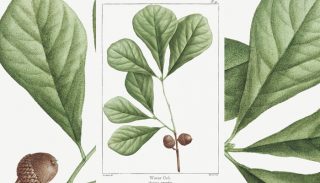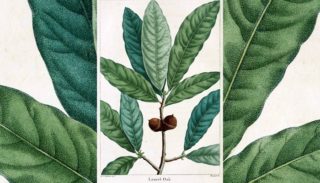Spanish Oak
19 November 2020Spanish oak (Quercus hispanica), also known as Lucombe oak, belongs to the Fagaceae family. It received this name in 1783 because Jean-Baptiste de Lamarck thought this oak was coming from Gibraltar.
Subpersistent tree, Spanish oak high is between 15 and 35 meters. Its bark is partially corky and its crown is generally semi-open. Leaves are 4 to 12cm long, leathery and have 3 to 9 pairs of irregular lobes ended with a little steep point or a callus. Acorns, housed in cupulas with numerous scales, are 2 to 4cm long and 2cm in diameter. Acorns are generally lone and supported by a short stalk.
Natural area of geographic dispersion
Spanish oak is a hybridization between Cork oak (Quercus suber) and Turkey oak (Quercus cerris). Spontaneous hybrid is common in the south-east of France and in Italy and former Yugoslavia.
Uses of Red oak
Spanish oak is an ornamental species.
Cork in its bark is not good enough quality to be exploited.
Spanish oak particularities
If hybridization may be natural, its cultivated form has been created in William Lucombe tree nurseries in Exeter in the early 1760. Lucombe’s cultivar has been created with acorns collected on a Turkey oak (Quercus cerris). One of the oldest Lucombe’s cultivars (Quercus hispanica Lucombeana) located in the Kew Gardens near London would have been planted in 1773.
Photos 1 and 2 © All Rights Reserved
Photo 3 : Lucombe oak, Kew Gardens © RBG Kew










